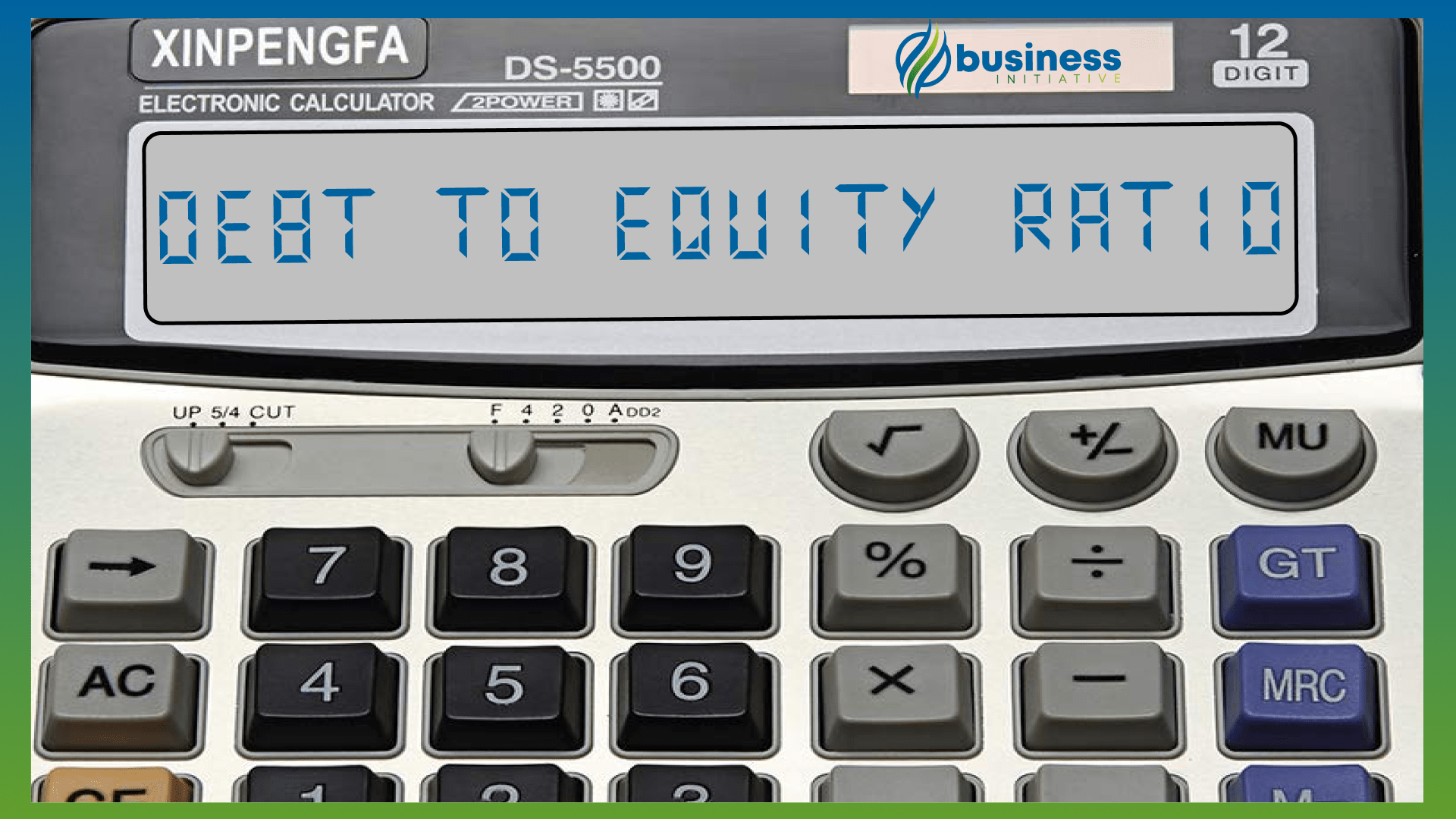Understanding your company’s financial leverage is crucial for making informed business decisions. Our Debt-to-Equity Ratio calculator helps you assess your financial risk and leverage position with a modern, user-friendly interface.
How to Use the Debt-to-Equity Ratio Calculator
Using this calculator is straightforward:
1. Enter Total Debt:
Input your company’s total liabilities and debt obligations.
2. Enter Total Equity:
Input your total shareholder equity (assets minus liabilities).
3. Calculate:
Get your D/E ratio and risk assessment instantly.
Debt-to-Equity Ratio Calculator
Understanding Your Results
The calculator provides three key insights:
- Debt-to-Equity Ratio: Shows how much debt you’re using compared to equity
- Risk Assessment: Evaluates your financial risk level
- Recommendations: Suggests actions based on your results
Risk Level Guidelines
- Low Risk (≤ 1.0): Conservative financial structure
- Moderate Risk (1.0-2.0): Balanced leverage position
- High Risk (> 2.0): Aggressive leverage strategy
Common Use Cases
- Financial Planning: Assess current leverage position
- Investment Decisions: Evaluate funding options for growth
- Risk Management: Monitor financial health
- Investor Relations: Communicate financial position
- Strategic Planning: Guide capital structure decisions
Need help establishing your business or want guidance on business registration? Schedule a consultation with our expert team at Business Initiative to discuss business registration and formation services.
Stay informed about business strategies and tools by following us on X (Twitter) and signing up for The Initiative Newsletter.
FAQs - Frequently Asked Questions About Debt-to-Equity Ratio

What is the debt-to-equity ratio?
The debt-to-equity ratio compares a company's total liabilities to its shareholder equity, indicating financial leverage.
Learn More...
The debt-to-equity ratio (D/E) is a financial metric that measures the proportion of debt financing relative to equity financing in a company's capital structure.
A higher D/E ratio indicates that the company is using more debt than equity to fund its operations, which could mean greater risk during economic downturns.
A lower D/E ratio suggests a company is relying more on its own assets and may be in a less leveraged position.
How is the D/E ratio calculated?
The formula is Total Liabilities / Shareholder Equity.
Learn More...
To calculate the debt-to-equity ratio, divide the total liabilities by the total shareholder equity.
Total liabilities include all debts, loans, and financial obligations the company owes.
Shareholder equity represents the value of the company's assets minus its liabilities, indicating the amount owned by shareholders.
This ratio provides a clear picture of how leveraged a company is in terms of debt financing compared to equity.
Why is the D/E ratio important?
The ratio helps assess a company's financial leverage, risk exposure, and ability to handle debt.
Learn More...
The debt-to-equity ratio provides insights into a company's ability to handle its debt obligations using its assets and shareholder equity.
It helps assess the financial risk of a company, as higher debt levels might limit growth or lead to financial instability during economic downturns.
Investors and lenders often use this ratio to evaluate the company's long-term stability and financial health.
How can the debt-to-equity ratio calculator help businesses?
It provides a quick way to gauge the level of financial leverage and evaluate risk in the company's capital structure.
Learn More...
The calculator simplifies the calculation process, offering a quick assessment of a company's debt-to-equity ratio.
This ratio can guide strategic decisions about leveraging debt, issuing equity, and managing financial risk.
It helps identify trends in the company's capital structure, allowing businesses to adjust their debt management strategies accordingly.
What is considered a healthy D/E ratio?
The ideal ratio depends on the industry but is usually below 2.0.
Learn More...
Industries have varying norms for acceptable debt-to-equity ratios due to differences in capital requirements and business models.
A ratio below 2.0 generally suggests balanced financial leverage, but a higher ratio might be acceptable in capital-intensive industries like utilities.
Regularly monitoring the ratio against industry peers helps businesses maintain a healthy level of debt relative to equity.
How does the debt-to-equity ratio impact a company's financial strategy?
The ratio influences decisions on debt management, financing growth, and optimizing the capital structure.
Learn More...
A high debt-to-equity ratio may limit a company's ability to take on additional debt, influencing financing and growth strategies.
It guides whether to leverage debt or issue equity for funding new projects, acquisitions, or expansion plans.
Balancing the debt-to-equity ratio helps ensure the company can capitalize on growth opportunities while managing financial risks effectively.
How does the debt-to-equity ratio affect investors and lenders?
Investors and lenders use the ratio to evaluate financial stability and risk before providing funding or capital.
Learn More...
Investors consider the debt-to-equity ratio to assess the company's ability to generate returns without excessive risk from high debt levels.
Lenders use the ratio to evaluate the company's creditworthiness and determine interest rates or loan terms.
A favorable debt-to-equity ratio reassures investors and lenders of the company's ability to meet financial obligations and manage its capital structure effectively.


